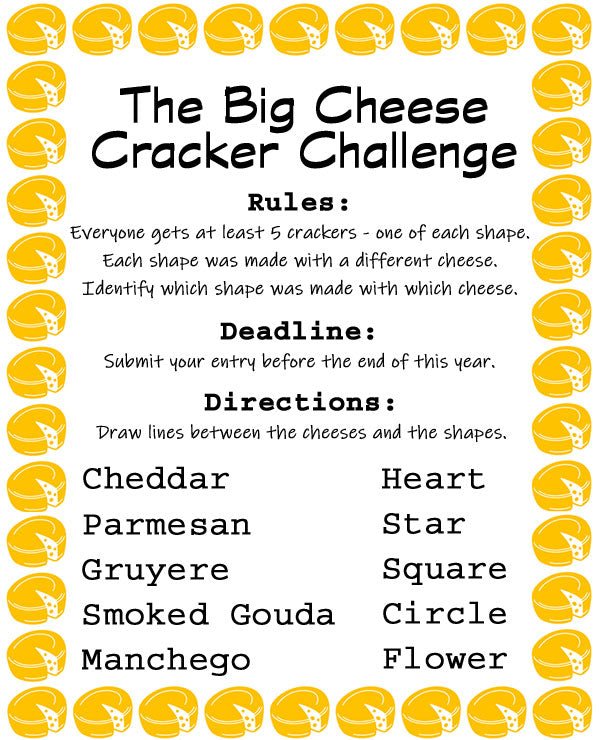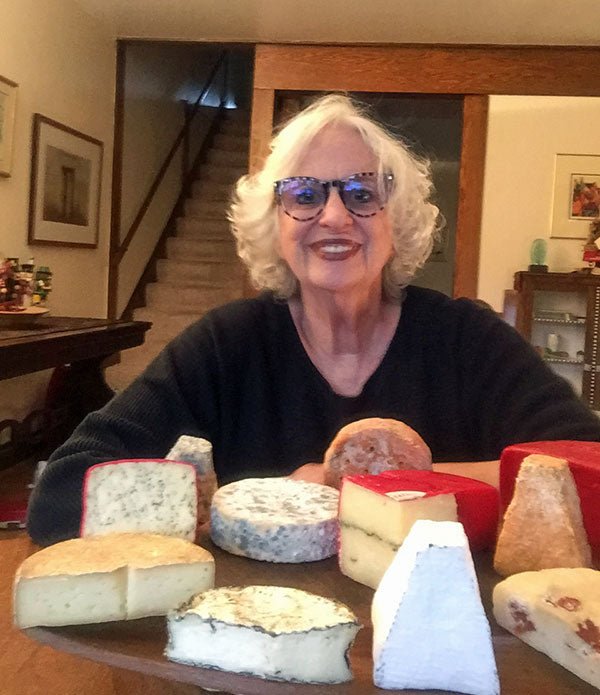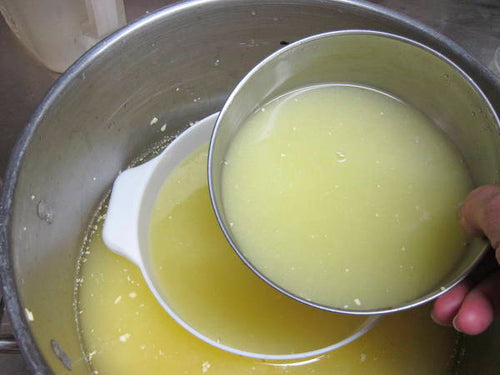
Sr. Mary Catherine with her Asiago, drying on the cheese mat
Sr. Mary Catharine was 22 when she became a nun at the Monastery of Our Lady of the Rosary. That will be 30 years ago this January.


This is a view of the monastery with the new wing. They built the new wing in 2018 and finished in 2019, just in time for their 100th anniversary. This wing was supposed to have been built back in 1927, but the depression came and they had to reduce the monastery footprint.
From the pictures we have seen, it’s very hard to believe she is 52(!) and, she seems to have boundless energy and enthusiasm. It was great fun interviewing her!
Sister Mary Catharine’s Story
New Jersey is actually mostly rural. The farms start just to the west of us and nearly all of south Jersey is farms.
Summit is a small city and a bedroom community of NYC. It’s very wealthy. When we came here 101 years ago, it was a rural town that was considered a “vacation” place to get away from the heat of the city.
Up until the mid 60’s we had a small farm with cows, chickens, ducks, bees and gardens. This was all way before my time. Many of us would like to have chickens again.

One of our sisters chasing the cows out of the garden back when we had 2 cows! (I think in the 50’s).
Here at our monastery, we live our days with prayer, study and work – all in an intentional community of 20 nuns from the ages of 25-90. Our life is more structured than most people but it is something each of us choose and it has a purpose.

November 21st
We have about 5-6 hours of prayer daily. That’s our priority and the real “work” of our community. Seven times a day, we come together for the Liturgy of the Hours, a rite of singing the psalms, hymns, scripture readings and prayers giving praise to God and interceding for the needs of the world.

We also have periods of private prayer and study. Like any family, we still have to cook meals, clean, do the laundry, work to help support our life, etc. We have about 5-6 hours a day of work, more or less but we put in a full day. A monastery is a beehive!

This is the Siegnadou Soap Department where we make soaps, hand crème, and lip balm.

Sister Maria Johanna making cloister candles in another small workroom of the monastery.
We come together twice a day for recreation, talking, going for walks, playing sports, hobbies, etc.

No, I don’t make wine. The vineyard is too small. I started it so we’d have some fresh fruit. We had an orchard for many years but we got some sort of blight/fungus in the ground that effected orchards all over New Jersey and we lost most of our trees. The blueberries, raspberries and kiwi berries do well. The cherries are better some years and some years I just let the birds take them. We recently started some Paw Paw trees but the squirrels found them!
We have a small business making soaps/hand cremes/candles, etc. which I started in 2007, and it has grown and developed through the hard work of many of the sisters. The novices work in this department so, at this point, most of the community knows how to do it.
It doesn’t totally support us but it helps us. We have a gift shop here at the monastery. We are also blessed by many wonderful benefactors who make our way of life possible.

Sr. Lucia Marie pouring our signature face creme.
How I got started making cheese:
About 5 years ago, we had a benefactor who would unexpectedly show up at the door of the monastery with a carload of groceries from Costco. There was always a gallon or two of milk and we would freeze it because we already had our milk order for the week, and we didn’t want it to go bad. (When you defrost milk, you can’t really drink it because it separates.)
What to do? I googled, “What to do with frozen milk?” and thus my cheesemaking adventure began! With a little lemon juice or vinegar, I could make a sort of farmer’s cheese. Then I found out about a sort of ricotta and mozzarella. I began reading articles online, watched YouTube videos and found the wonderful resources on cheesemaking.com.

Stretching Mozzarella. (To think – mom always said not to play with your food!)
My first few quick mozzarellas were a great success and then, suddenly, I began to have the “ricotta” problem (weak curds) and stopped making cheese for a while. I contacted nearly all the milk brands that are carried at our local ShopRite and found out that Dairy Pure pasteurizes at a low temperature, but their milk was no longer available at ShopRite.
One day, I did a location search on their website and found out that the Seven-Eleven right down the street from our monastery carried their milk. (So, I used to tease that the name of my “cow” was Seven-Eleven.)
Then, they stopped carrying Dairy Pure, and I had good success with the Seven-Eleven milk, although I did notice that the curds were more fragile.

This past summer, I began obtaining raw milk from a dairy in PA. What a difference! It’s very expensive milk but we notice that the cheese is so much better. You get a discount when you buy 10 or 20 gallons of milk.
I buy 10 gallons and freeze it, using it as I need it. If you give each gallon a good shake when you put it in the freezer, it’s fine when you defrost it.
My schedule:
Making cheese in the monastic schedule can be a bit of challenge. I will make cheese once or twice a month, depending on how I can free my work schedule.
I’ll put my milk in the sink after Morning Prayer so it can warm up during the time of private prayer and Mass. After Mass, I’ll continue heating it up on the burner if I need to and then stir in my cultures, etc.

My Stirmate lends a hand. It works once the curds start to firm up. Mostly, I like to roll up my sleeves and stir by hand.


While the cultures are ripening the milk, I’ll do other things. I am the manager of our gift shop, I sew our habits, run the embroidery machines, bake bread, cook, etc.

I love to bake as well. Here are Sfingi di San Giuseppi for St. Joseph’s day. These are very popular here in New Jersey.

Usually, I can time it so that my cheese is ready for pressing by 11:45 when we come together for Daytime Prayer before Dinner.



Camembert trying to flip without a mat. Hurray for Ikea cutting boards.
The rest of the day, I flip my cheese, re-press, etc.

This is probably the 3rd cheese press which Sr. Mary Magdalene and I have made. We used a cutting board from Walmart and some aluminum rails but we will probably change them to wood eventually. The “locks” at the top are just pieces of wood with the holes cut at an angle.
Sometimes I make ricotta from the whey, but often Sr. Mary Magdalene, who oversees our kitchen, freezes the whey in quart containers so that we can use it for baking.
I mostly make hard cheeses, although I just made Triple Creme for Christmas. The sisters love Triple Crème, so I make it for Easter and Christmas. After Midnight Mass, we have a wine and cheese and cookies and hot chocolate snack before we go off to bed, only to get up at the late hour of 6AM for Morning Prayers, etc. In the afternoon nearly everyone is taking a nap!

With my Asiago – coming out of the first press on a hot July day.
I’m trying to get up my courage to make Gorgonzola because that is what some sisters are asking for.
I’ve also gotten a request for Havarti. Someone is always asking me for Monterey Jack but the stirring goes on forever!
The cheese is only for the community and gifts for friends. I’d love to make cheese available for the gift shop but there is no way we would be allowed to in NJ!

My latest Asiago, made with Flora Danica culture. (It looks like an Emmental.)

Hispanico

Camembert

I love Wasa crisps – I am a child of the 80’s.

My first and only Jarlsberg

I didn’t wax it which I will do next time. It tasted really good. It just didn’t look like, well, Jarlsberg.

Wine cheese.

The wine cheese tasted AWESOME at about 6 weeks. I kept it the cheese cave and tasted it the other day. Well, it’s good, but it has a strong taste. I made another one without wine and it is perfect. – creamy and mild with lots of flavor. The taste testers wanted to eat more.
On pasteurization:
My first job after school was with some nuns who ran The Priory Bakery in Petersham and previously in Harvard, MA. (It was such hard work, I said I’d never become a nun!) They got their milk every afternoon from the nearby monks who had a dairy. My job was to pasteurize the milk and measure out the starters for the next day’s baking.
I can assure you, most of the time, it was simply scalded and nearly boiled! So, I have no interest in trying to pasteurize milk for cheese, especially when I want it raw! I drank raw milk as a kid so I’m not afraid of it.
I don’t use the raw milk for fresh cheese or anything that I would age for less than 2 months. I take precautions and properly sanitize my equipment and the counters in the kitchen I use. My equipment is just for cheese and the little kitchen I use in our new wing is more like a pantry with a sink and a burner.

Future cheese goals:
I would like to get proficient in making a small number of cheeses to the point where I have a good handle on what is happening and why – the same way I do with baking. On the other hand, I don’t want cheese making to become a chemistry experiment. I want to really acquire the ART of cheese making.
I also want to learn how to make “blue” cheeses and connected to that, learn how to age the cheeses I make “properly.” Mostly, I go the vacuum pack route so I can focus on the making process, but I would love to have a proper aging cave.

My cave
One of my challenges in making cheese is that I don’t have a sense of smell. It’s a genetic lack, as my grandmother, who was an amazing Italian cook, also didn’t have a sense of smell.
Obviously, it affects my sense of taste. I don’t really get flavors, so I rely on others for this. Smell is a big part of aging cheese … and tasting cheese! Texture is important for people with anosmia. Sometimes I make a cheese that the Sisters really like and I don’t like it at all, so I have to take their word for it.
Our monasteries in France recently asked me to write an article about my cheesemaking endeavor because, as you know, the French love cheese and the nuns can’t imagine my making it over here. 😊
Sr. Mary Catharine Perry, OP
Dominican Monastery of Our Lady of the Rosary
543 Springfield Ave.
Summit, NJ 07901-4498
Phone 908-273-1228
Website: https://www.summitdominicans.org/
Online Store: https://summitdominicans.3dcartstores.com/
Facebook: https://www.facebook.com/monialesop














































































































































